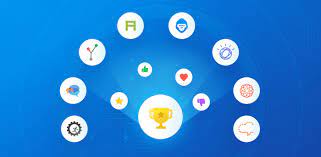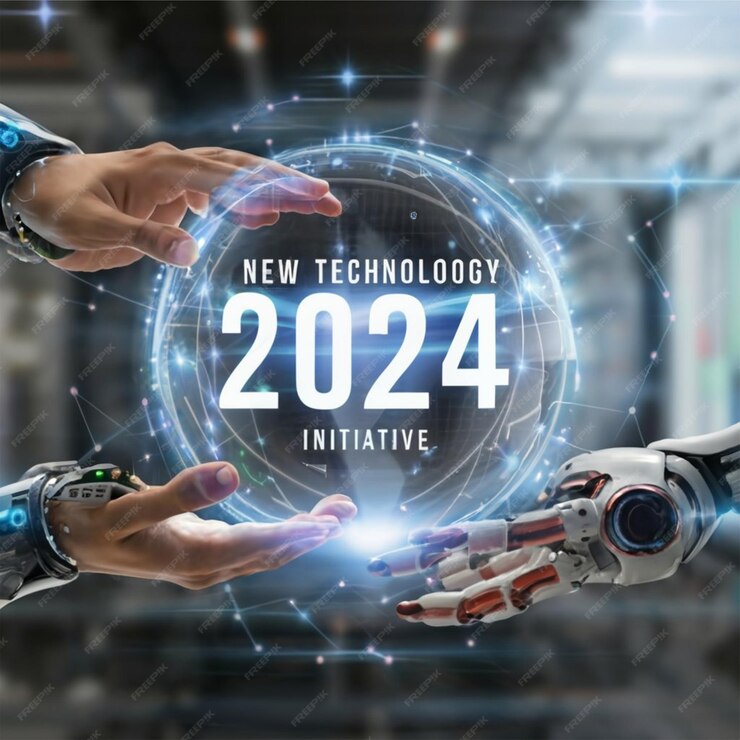In recent years, the digital landscape has undergone a profound transformation, largely fueled by advancements in artificial intelligence (AI) and the proliferation of bots. These technologies, once confined to the realm of science fiction, are now ubiquitous, shaping the way we interact with the online world. From customer service chatbots to personalized recommendation algorithms, AI have become components of our daily lives, revolutionizing industries and redefining the boundaries of what is possible in the digital age.
Understanding AI and Bots

Before delving into their impact, it’s crucial to understand what AI and bots entail. Artificial intelligence refers to the simulation of human intelligence processes by machines, typically through the utilization of algorithms and vast amounts of data. Bots, on the other hand, are software applications designed to perform automated tasks, often with minimal human intervention.
The synergy between AI and bots is evident in various applications across diverse sectors. Chatbots, for instance, leverage AI algorithms to engage in natural language conversations with users, providing assistance, information, or facilitating transactions. Similarly, recommendation systems employ AI algorithms to analyze user preferences and behaviors, delivering personalized content or product suggestions.
Transforming Customer Service
One of the most visible impacts of AI and bots is in the realm of customer service. Traditionally, customer support operations relied heavily on human agents, often leading to long wait times and inconsistent service quality. However, the advent of AI-powered chatbots has revolutionized this landscape.
Today, businesses can deploy chatbots equipped with natural language processing capabilities to handle a wide range of customer inquiries and issues in real-time. These chatbots can provide instant responses, offer personalized recommendations, and even initiate transactions, thereby enhancing the overall customer experience while reducing operational costs.
Enhancing Efficiency and Productivity
Beyond customer service, AI and bots are driving efficiency and productivity gains across various industries. In the healthcare sector, for instance, AI-powered diagnostic tools can analyze medical images and patient data to assist clinicians in making more accurate diagnoses and treatment decisions. Similarly, in manufacturing, bots equipped with machine learning algorithms can optimize production processes, leading to cost savings and improved quality.
Moreover, AI-driven automation is reshaping the future of work by streamlining repetitive tasks and augmenting human capabilities. Rather than displacing jobs, these technologies are enabling employees to focus on higher-value activities that require creativity, critical thinking, and emotional intelligence.
Personalization and Recommendation
One of the most compelling aspects of AI and bots is their ability to deliver personalized experiences at scale. Recommendation algorithms analyze vast datasets, including user preferences, past behavior, and demographic information, to tailor content, products, and services to individual tastes and preferences.
Whether it’s streaming services suggesting movies based on viewing history, e-commerce platforms recommending products similar to previous purchases, or social media platforms curating news feeds based on interests, personalized recommendations have become ubiquitous in the digital ecosystem. This not only enhances user engagement and satisfaction but also drives business growth by increasing conversion rates and customer loyalty.
Ethical and Societal Implications

While the proliferation of AI and bots brings forth numerous benefits, it also raises ethical and societal concerns that warrant careful consideration. Issues surrounding data privacy, algorithmic bias, and job displacement are among the foremost challenges that policymakers, businesses, and society at large must address.
The collection and utilization of vast amounts of user data raise questions about privacy rights and consent. Moreover, the inherent biases present in AI algorithms can perpetuate discrimination and inequality if left unchecked. Additionally, concerns about job displacement and the widening gap between skilled and unskilled workers underscore the importance of proactive measures to mitigate the negative impacts of automation.
Looking Ahead
As AI and bots continue to evolve, their potential to reshape our world is virtually limitless. From autonomous vehicles and smart cities to virtual assistants and predictive analytics, the possibilities are boundless. However, realizing this potential requires a concerted effort to address the ethical, regulatory, and societal implications of these technologies.
Collaboration between policymakers, industry stakeholders, and civil society is essential to ensure that AI and bots are developed and deployed responsibly, with due regard for privacy, fairness, and transparency. Moreover, efforts to promote digital literacy and skills development are crucial to empower individuals to thrive in an AI-driven future.
Conclusion
In conclusion, the rise of AI and bots represents a paradigm shift in our digital landscape, offering unprecedented opportunities to enhance efficiency, improve customer experiences, and drive innovation. By harnessing the power of these technologies responsibly, we can unlock their full potential to create a more inclusive, equitable, and prosperous future for all.


